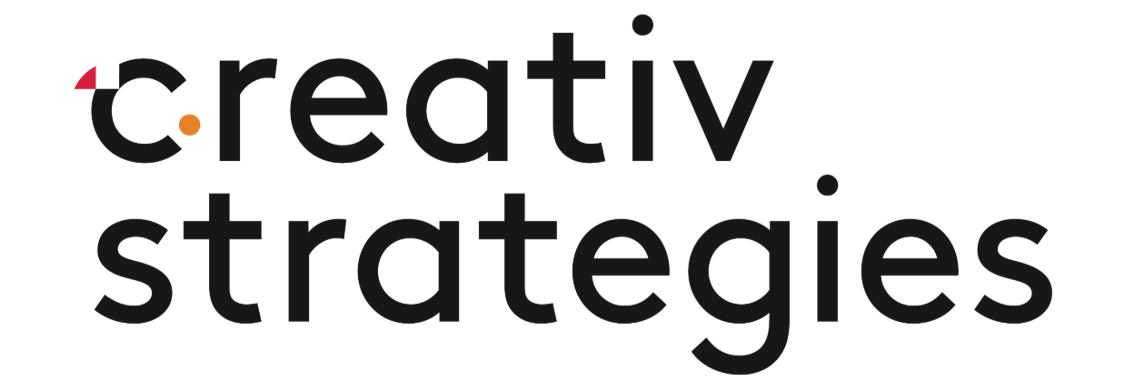The Creativ Brief: Defining Your Target Consumer
Image by Cole de Brito
Defining your target consumer is difficult.
I spoke with an operator turned marketer yesterday - we do it all in startup world - that inspired this post. She also happens to be a subscriber (wave emoji)
Choosing who to market to has a built in opportunity cost - people you don’t market to. All brands face budget limitations.
A successful marketing campaign begins on a solid foundation of research.
First, determine the lowest hanging, largest niche segment of consumers. This is the largest consumer segment most likely to adopt your product based on the problem you solve. Where is the need the greatest?
Second, build a messaging hierarchy responding to that consumer segment. I prefer to build these backwards, starting at the product traits and moving through mission, vision, and ending on a slogan that encapsulates the elements succinctly. What makes our product unique?
Third, run your campaign on media that your consumer watches. Ask for earnest feedback. People love giving their opinion and many platforms like YouTube, social, or forums provide the means to receive it. Why and how does this resonate with you?
These three steps give your campaign a target, a unique selling proposition, and a framework to test in.
Still stuck? Call an expert.
3 Stories Dominating Media and Tech Headlines
Threads isn’t for news and politics, says Instagram’s head Adam Mosseri. In a Thread posted on the platform Mosseri said “The goal isn’t to replace Twitter. The goal is to create a public square for communities on Instagram that never really embraced Twitter and for communities on Twitter (and other platforms) that are interested in a less angry place for conversations, but not all of Twitter.”
Why it Matters: This PR speak for go F*ck yourself Elon. Threads has reached over 70 million sign ups in its first week and has become Twitter’s most emergent competitor.
YouTube is testing AI-generated quizzes on educational videos. The quizzes will appear on iOS and Android YouTube apps, and are designed to help users learn more about the subjects of the videos they watch, and will help YouTube understand how well videos cover their respective topics.
Why it matters: “Edutainment” accounts like TED-Ed and HowToBasic are among the more popular educational YouTube channels, with 18.8 million and 17.3 million subscribers, respectively. Google’s experimentation could provide educators valuable tools in the future and further disrupt online education.
Xbox Beats the FTC. Xbox was victorious in its case against the FTC, moving the gaming company one step closer to closing its acquisition of Activision Blizzard. The ruling stated Microsoft has committed in writing, in public, and in court to keep Call of Duty on PlayStation for 10 years on parity with Xbox.
Why it Matters: The acquisition of Activision Blizzard has been described as the largest in the history of gaming and technology. Big prediction - Microsoft does exactly what regulators fear - gating games, raising prices, and preferring Microsoft platforms for exclusive releases.
Stat of the Week - Prime Day
Amazon’s Prime Day happened this week, continuing to dominate the ecommerce world.
In 2015, the first Prime Day event brought in over $900 million in gross sales. Prime Day sales have grown year over year, with over $12 billion in sales in 2022.
While the event continues to be lucrative for Amazon, it has also garnered competition over the years from various online retailers hoping to poach some customers who don’t have Prime accounts. Walmart announced ‘Deals for Days’ and Target has ‘Circle Day’.
One Fun Thing - Generative AI Can’t Do Hands
As impressive as AI generated art is, the robots can’t seem to get human hands quite right. Vox explains why.




